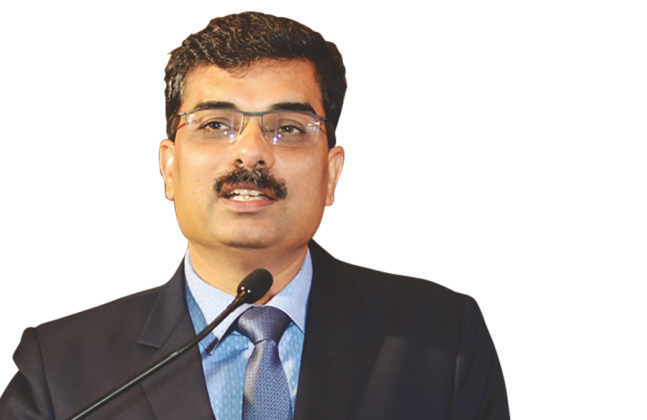The proposed deep-sea port in West Bengal’s Tajpur, when completed, will not endanger the 150-year-old facility in Kolkata but they will complement each other, a senior official said. The Syama Prasad Mookerjee Port (formerly Kolkata Port Trust) has some inherited strengths that none can replace, the outgoing chairman of SMP, Vinit Kumar, said in an interview with PTI on Sunday, the last day of his tenure.
The West Bengal cabinet last month approved a proposal for issuing a letter of intent to Adani Ports and Special Economic Zone for the development of a greenfield deep sea port at Tajpur, paving the way for an estimated investment of Rs 25,000 crore.
The Tajpur port is expected to become a reality in a few years.
There were apprehensions from certain quarters about the viability of the SMP which perennially faces draft problems at its Kolkata and Haldia docks, preventing large ships from entering directly. Large ships help companies save on freight costs.
“SMP will not die. It has survived for 150 years and will continue to do so even if the Tajpur port is developed as planned. There will be businesses for both ports. They will complement each other,” Kumar said.
Two of the core strengths of the Kolkata port are goods can reach the heart of the city directly and its evacuation infrastructure for imported cargo is ‘very strong’, he said.
Kumar said the Tajpur port could benefit from similar advantages of transloading goods to smaller vessels and barges, as is presently done by the Kolkata port at Sandheads and Sagar anchorages, to bring goods to its docks.
This will open another revenue stream for SMP, he said.
The greenfield Tajpur port is likely to have a capacity of 50 million tonnes, according to state government officials. The combined capacity of the Haldia and Kolkata Dock Systems of the Kolkata Port can handle more than 65 million tonnes per annum.
The Tajpur port will have a draft of 12.1 metres and a navigation channel of 18 kilometres. With the tidal advantage, it is expected to have a maximum draft of 16 metres.
Initially, the port was to be state-owned and operated jointly by the West Bengal government and the Centre, but later the Mamata Banerjee government decided to pull out and offer the port to a private investor. The Adani Ports and Special Economic Zone (APSEZ) will sign a concession agreement to operate the deep sea port.
Adani has recently won a tender for a berth at the Haldia dock and is expected to show interest in participating in future PPP tenders for berths in the Kolkata dock, the outgoing SMP chief said.
Kumar, a railway administrative officer, will return to the Delhi Railway Board after completing a five-year term at this port.
During his tenure, the port received investments worth about Rs 2000 crore in various development and modernisation projects, including part of Prime Minister Modi’s Gati Shakti projects.
The outgoing chairman has also hired a consultant for building a road tunnel under the Hooghly River to connect Howrah to Kolkata.
Kumar has embarked on two major heritage projects – the paddle steamer and a giant video screen on the famous Howrah Bridge.
Built eight decades ago by a British company, paddle steamer PS Bhopal was unveiled as a heritage luxury cruise on the Hooghly river on September 30, after it was restored and modernised.
The file for the giant video screen project worth Rs 35.8 crore is currently lying at the Union Ministry of Culture for approval.
Kumar implemented a light and sound project a few years ago for the iconic Howrah Bridge.







